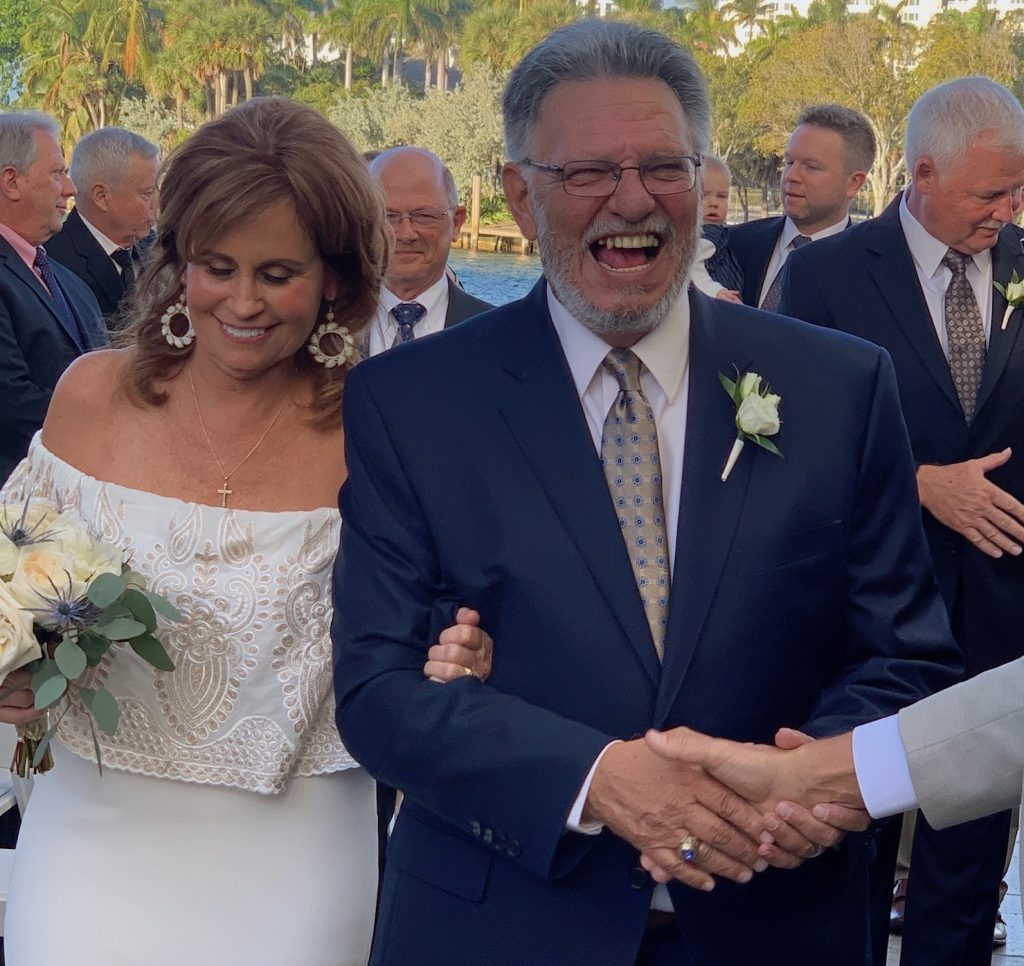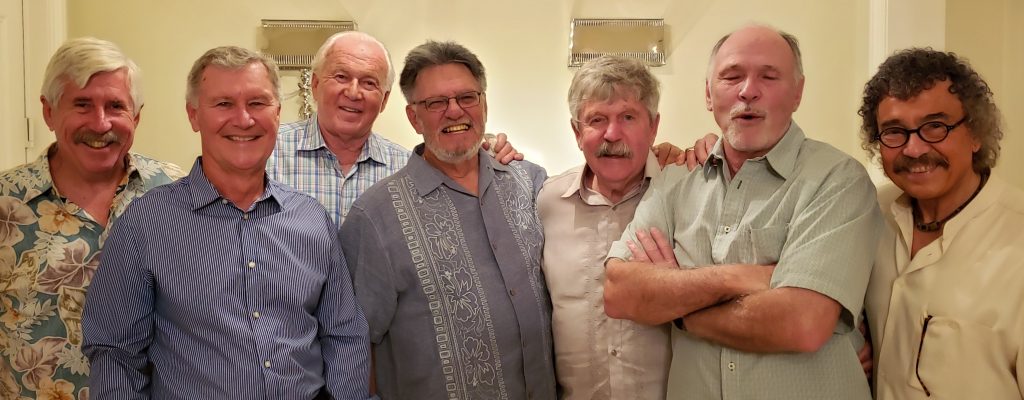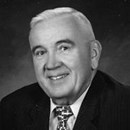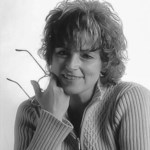Class notes submitted April 30, 2019

Haven’t viewed the video record Dennis Reeder created of the 50th reunion? Enjoy about 40 minutes of unvarnished classmate comments, emotions and behavior with a click here: ND68 50th reunion. If you’re ready for some binge viewing, click to John Oliver’s celebration of Pat Collins’ Washington, DC NBC Channel 4 reporting.
And after reloading the popcorn bowl, click in order to watch the South Bend PBS station’s documentary about Joe Kernan. Among friends appearing on camera is Skip Strezlecki, who was present with many other classmates on March 14th, when station WNIT hosted a viewing. During the reception Matt Walsh and Joyce hosted in the new Architecture Building resulting from their family’s gift, class president Tom Weyer noted the ubiquity of the Great ’68 in the evening’s celebration: not only Joe Kernan himself, but the Architecture Building, then to the Debartolo building and the viewing in the Michael Browning theater. The crowd was strong and proud: Matt Walsh and Joyce, Chris Murphy and Carmi, Tom Cuggino, Gene Cavanaugh and Pat, Pat Barth and Jenny, Greg Downes, Jim O’Rourke, Steve Anderson, Dennis Toolan and Mary Lou, John Walsh, Tom Gibbs, Tom Figel among many. Former track team members Pete Farrell, Ron Kurtz, Ken Howard, Bob Timm, plus Paul Nowak traveled far for Joe’s evening and for a mini-reunion. Still, Matt pointed out that a May showing would have swelled the group to include those then wintering in Naples. As he looked about him at the reception group and the environs, Tom Weyer observed that as some guys age, they carve out a man cave in a basement or a garage. “But Matt Walsh did this,” the grand new building for the Architecture Department.
The whole visit was a fine time for Ron Kurtz, who wrote, “Four former track teammates attended the Joe Kernan tribute, Ken Howard (San Francisco), Pete Farrell (Princeton, NJ), Bob Timm (Lake Geneva , WI) and Ron Kurtz (Houston), also joined by fellow Badin Hall denizen, Paul Nowak (Nashville). We stuck around until Saturday morning so we could be entertained/educated by two of our Class of 69 teammates who failed to escape Northern Indiana’s clutches, Mark Walsh and Dan Saracino. Lately, in an attempt to lessen the crankiness brought about by the preponderance of night home games on the schedule, our group has been gathering, along with our wives, at remote locations on fall football weekends. This fall we’ll be joined by John O’Connor and his wife Jan in Sedona, Arizona.” Later, Jim O’Rourke wrote: “I think we each imagine going out like Ted Williams to the adoring hurrahs and applause of our friends and family. Few of us, though, will ever get that chance. Joe deserved every minute of (the evening).”

During January, Dave Graves married Marcy Callahan in Del Ray, FL. At the ceremony were Rich Rogers and Pat, Neil Rogers, Marty Rogers, Pat DeMare, Mike Carroll and Joan, and Brian McManus, who hosted a reception in his Gulf Stream apartment.

Left off the guest list of 180 attendees was Jim Hutchinson, despite lab reports he let Dave “borrow” senior year; Jim took out the slight as victor against all comers in a nine-ball pool tournament. Look for future announcements of the Graves’ dog, minivan, and childrens’ soccer play.
Brian Schanning and Susan cruised in Norway during January for viewing of the Northern Lights “and were on the same ship that got in trouble recently. No problems on our cruise, although we had to bypass a port on the way back due to weather conditions. It’s a good reminder that on the water, it doesn’t take many failures/mistakes to get into big trouble quickly. In March, we travelled to NYC to celebrate Sue’s latest decennial birthday with friends who came up from Baltimore. Tom Fitzharriswas on hand to offer us his Metropolitan Museum of Art docent services for an afternoon. We had a fantastic time as Tom led us through a tour of Greek, Roman and Egyptian art and architecture. Tom and I have been friends since growing up in Eastchester, NY and attending Immaculate Conception School from K to 8. Needless to say, Tom’s art portfolio has come a long way since we were in Miss Noble’s weekly art class.”
Jay Schwartz has begun the blog “One More Thing. . . “ for expression of his sentiments on varied topics. Click https://jayschwartzonthegrid.com/category/uncategorized/.
In Scottsdale, AZ, where they have lived for eight years, Bill Kelly and his wife Mary, are happily engaged in grassroots political organizing for their Democratic Party candidates. Bill writes that they also enjoy cruise ship travel, even when schedules run afoul of class 50th reunions. In his letter, Bill said that he and Mary see Bill’s senior year roommate Tom Vecchi, ’69, who has lived in Phoenix more than 30 years. “We are heading off to an Arizona Diamondbacks game next month before Tom and his wife take off for their summer home on the finger lakes of upstate NY.”

In your prayers, remember the mother of Tom Misch, who died in March, and the family of James Bigler, who died in Gainesville, FL Dec. 18, 2018. After studying law for a time, Jim spent a career as a police detective in Miami. Also, remember Tom McKenna, Carmel, IN as he recovers from hip replacement surgery and anticipates surgery on his knees.
Please send news to Tom Figel, 1054 West North Shore, Apt 3E, Chicago, IL 60626, tel. 773-764-4898, tfigel@reputecture.com.











